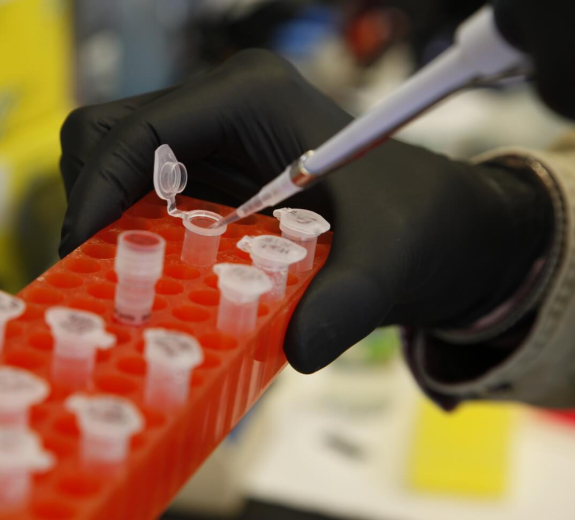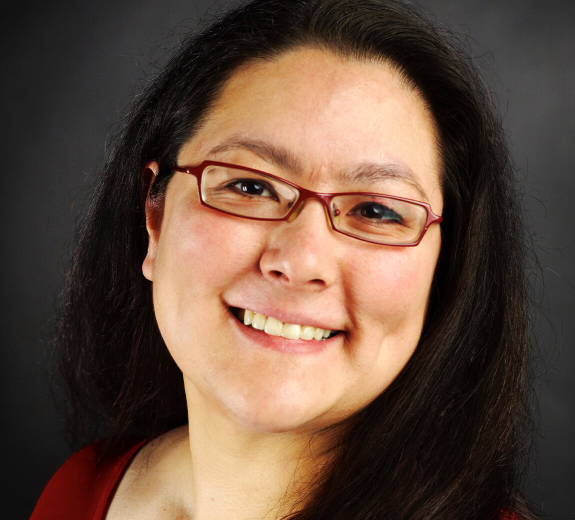Depending on the type of trial, best practices also include:
Placebo-controlled and randomized
When a study is placebo-controlled, one group gets the experimental prevention or treatment and the other gets a placebo (a medicine or treatment that doesn’t have any effect on the body). This helps researchers better understand whether the prevention or treatment they’re studying works and to understand its safety, by directly comparing people who got the treatment and who didn’t.
Who gets the placebo and who gets the treatment is determined by randomization. Participants are randomly assigned into two or more groups. For example, randomly assigned to experimental (receiving the prevention or treatment) and control (not receiving the experimental prevention or treatment). By using a computerized tool or other way to randomly divide people into groups, researchers can be more certain that the differences seen between the groups are a result of whether or not they received the treatment, and not a result of other characteristics of people who may be in each group.
Blinded/double-blinded or Masked/double-masked
In a blinded or masked study, participants don’t know if they got the prevention/treatment or the control (placebo). This helps limit bias in a study (for example, if a participant knew they got the treatment, they may think they feel better, even if their symptoms haven’t changed).
In a double-blinded/double-masked study, neither the participants nor the research team know who received the prevention or treatment and who received the control. This also helps researchers ensure that the therapy, and not other factors, lead to a certain outcome. However, sometimes blinding/masking researchers isn’t possible because of how the therapy is administered or because certain therapies require specific safety measures in the lab.
Who can participate in clinical research?
Clinical trial research participants should include the people who are most likely to benefit from that drug, vaccine or device. This helps researchers evaluate whether the product appears safe and effective for everyone who needs it.
“With COVID-19, for example, data shows that the virus impacts older people and people of color more severely,” Dr. Morgan says. “If a COVID-19 vaccine was only tested in groups that don’t include those demographics, you wouldn’t know if it would work for those groups.”
Research participants must meet certain criteria — which may include age, gender and health information — to be eligible for a clinical trial. BRI has many types of clinical studies, ranging from testing new therapies for autoimmune diseases to studies gathering data from largely healthy people. For example, the Sound Life Project is collecting health data over time from people who don’t have diseases of the immune system to help inform treatments for immune system disease.
“Our studies encompass many different groups, we’re always looking for new research participants — and we are very grateful to those who participate in our trials!” Dr. Morgan says.




